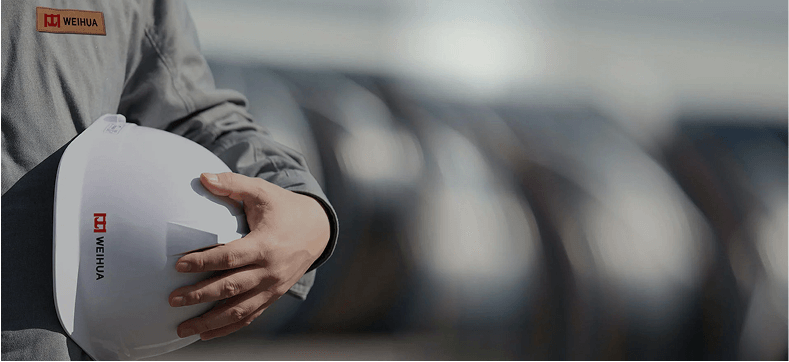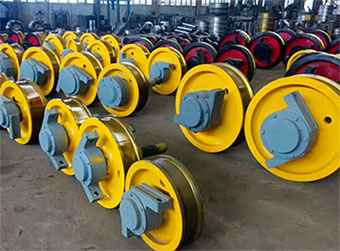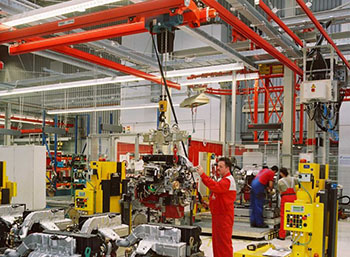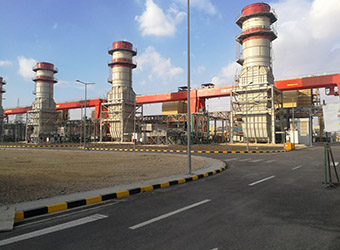The pulley block of a double-beam crane (such as a bridge crane or a gantry crane) is a core transmission component, and its performance directly affects the lifting efficiency, stability and safety. Since double-beam cranes are usually used in heavy-load and frequent operation occasions (such as metallurgy, ports, workshops, etc.), their pulley blocks need to have high load-bearing, wear-resistant, impact-resistant, and low-friction characteristics.
High load-bearing and structural optimization
Double-beam support structure: The pulley blocks are distributed on two main beams, and the force is more balanced, which is suitable for large-tonnage (5~500 tons or even higher) lifting.
Double pulley block design (balanced pulley block): ensure that the wire ropes on both sides run synchronously, avoid hook tilting, and improve stability (especially for large-span cranes).
Material strengthening: alloy steel (42CrMo, 35CrMo) or cast steel (ZG340640) is used, and quenching and tempering heat treatment is performed to improve tensile strength and fatigue life.
High safety factor: The design safety factor is ≥5 to ensure safety under extreme working conditions (such as sudden braking and impact loads).
Wear resistance and long life
Rope groove hardening treatment: The pulley groove adopts high-frequency quenching and surfacing wear-resistant layer (such as high chromium alloy), with a hardness of HRC5060, which reduces the wear of wire rope.
Impact-resistant design: Suitable for frequent starting and braking (such as metallurgical casting cranes), the pulley block must have the ability to resist deformation, and usually adopts a double-plate structure.
Anti-slot device: Add a rope baffle or a rope pressure wheel to prevent the wire rope from slipping out of the groove (especially important when lifting large tonnage and high speed).
Low friction and high efficiency
High-quality bearings: Use spherical roller bearings (low friction coefficient, efficiency ≥95%) to adapt to eccentric load conditions.
Lubrication optimization: Equipped with automatic lubrication system or long-term grease (such as lithium-based grease) to reduce maintenance frequency.
Precision machining: Pulley groove polishing + precise size to ensure smooth operation of the wire rope and reduce friction loss.
Maintenance and inspection
Regular inspection: monitor rope groove wear (wear depth ≤ 10% rope diameter), bearing clearance, cracks, etc.
Non-destructive testing: use magnetic particle testing (MT) or ultrasonic testing (UT) to ensure that there are no internal defects.
Replacement standard: When the rope groove wear exceeds 30% of the wire rope diameter, or cracks or deformation occur, it must be replaced.



